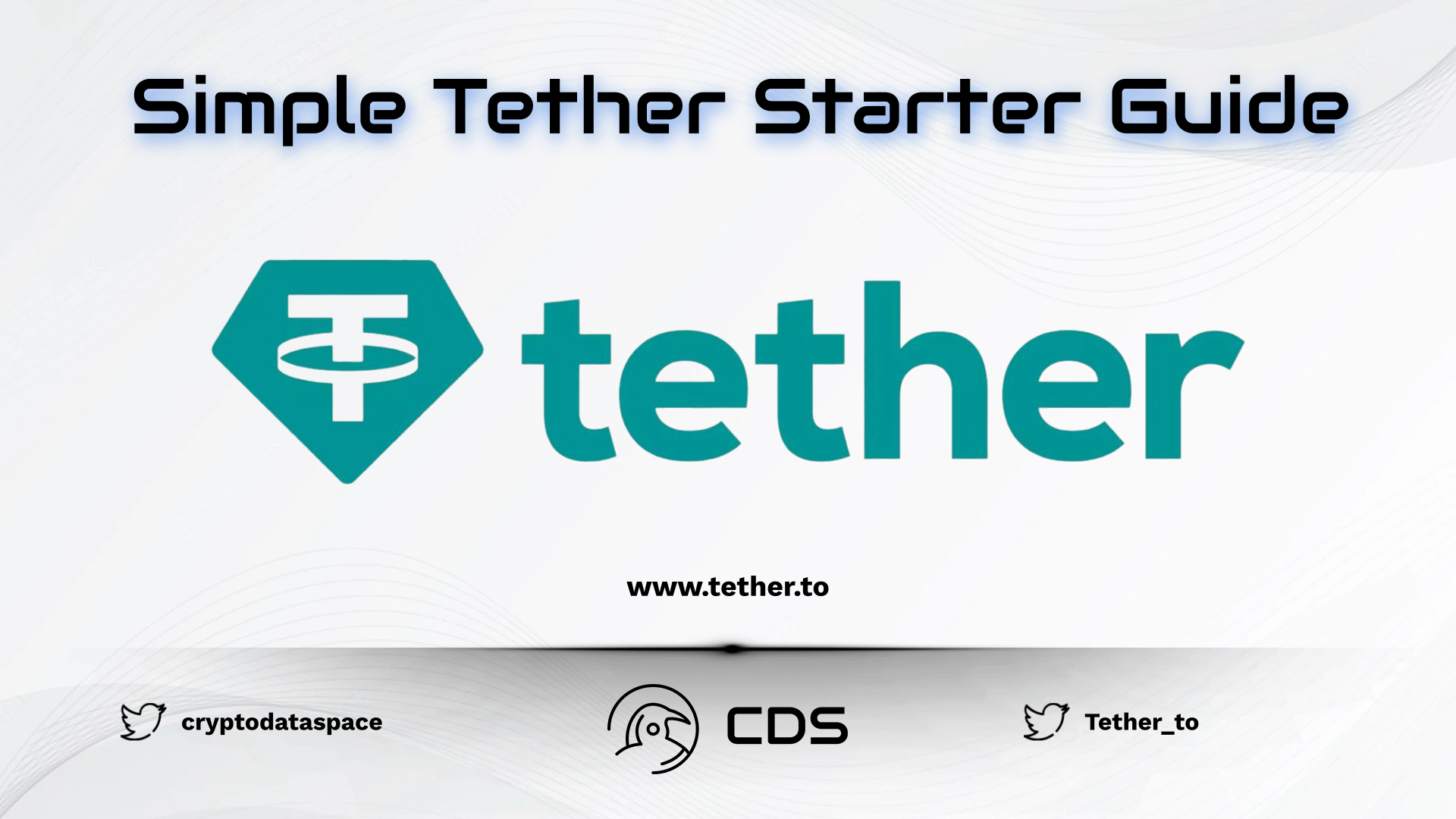As the use of cryptocurrency has become widespread, one of the concepts that have entered our lives has been stablecoins. Unlike ordinary cryptocurrencies, they are more stable in terms of price volatility. For this reason, they are the first choice of some traders. USDT is one of these stablecoins. In this article, we will review one of the best-known stablecoins, Tether’s USDT, in a simple and beginner-friendly way, without going into too much detail.
Simple Tether Starter Guide – 2023

Built on top of the Bitcoin blockchain is the cryptocurrency Tether. It is pegged to the value of other fiat currencies, such as the US dollar. Since each USDT unit is apparently equal to $1, they introduce themselves as being “100% backed” by fiat.
It is pegged 1:1 to the US dollar because it serves as a stable means of exchange for transactions involving many currencies when users are not transacting with fiat currency directly. Like any other cryptocurrency, the USDT may be transmitted and received via an address. However, unlike the majority of cryptocurrencies, it is not divisible. 1 USDT is the smallest Tether unit.
What is USDT?

The platform’s tokens are a type of stablecoin that is pegged to real-world currencies in a 1:1 ratio. This is intended to lessen volatility and, in the platform’s view, make their tokens a safer, more stable, and more reliable form of money for both individual traders and corporations, such as cryptocurrency exchanges, wallets, and payment processors, to move value across markets. Several platforms also support the usage of the platform’s tokens as a medium of exchange.
The platform produces several fiat stablecoins, including one that is pegged to gold. With a circulating quantity of over 80 billion tokens, the USDT stablecoin is the most widely used of them all. Other tether-issued stablecoins include:
- Gold (AUXT): Pegged to gold’s price
- Euro (EURT): Pegged to the common currency of the European Union
- Peso (MXNT): Pegged to the Mexican peso
- Yuan (CNHT): Pegged to the offshore Chinese yuan
Moreover, the platform doesn’t have its own blockchain. Therefore, users can transact on other blockchains. In addition, at the time of writing, USDT is trading at $1.00, according to data from CoinMarketCap.
Who are the Founders?

The platform’s beginnings may be traced back to the early 2010s when technology experts first started to hypothesize that Bitcoins might be altered to represent different sorts of assets. Realcoin, which was the predecessor to Tether (USDT), was first introduced on October 6th, 2014, by Brock Pierce, Reeve Collins, and Craig Sellars (a member of the Omni Foundation).
They were able to develop Tether on the Omni Protocol, which allowed users to generate and exchange assets and currencies based on smart contracts on the blockchain of Bitcoin. Realcoin’s name would be changed to Tether, according to an announcement made by Tether CEO Reeve Collins on November 20th, 2014.
Where to Buy USDT?
USDT may be purchased on a sizable selection of cryptocurrency exchanges. In actuality, USDT frequently matches or even exceeds Bitcoin in terms of the average daily trading volume. Since it offers a competitive alternative to the USD on exchanges without fiat-to-crypto trading pairs, it is extremely popular there. Some of the most well-known exchanges that permit trading in Tether are listed below:
- Binance
- OKEx
- HitBTC
- Huobi Global
Through these exchanges, USDT can be traded effortlessly.
Team

The platform’s current team consists of the following names:
- JL van der Velde: Chief Executive Officer
- Giancarlo Devasini: Chief Financial Officer
- Stuart Hoegner: General Counsel
- Paolo Ardoino: Chief Technology Officer
- Leonardo Real: Chief Compliance Officer
- Claudia Lagorio: Chief Operating Officer
Due to the dedicated work of the successful team, USDT has managed to become the only stablecoin that has not been affected even by major bank collapses.















Leave a comment